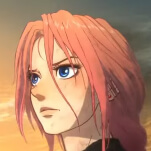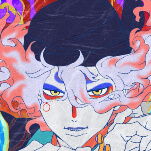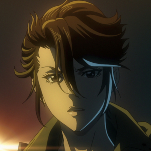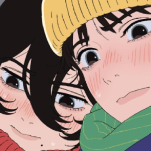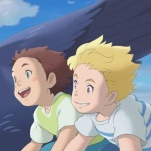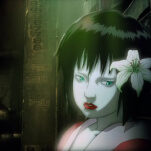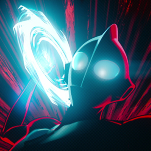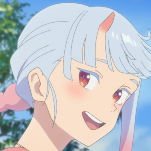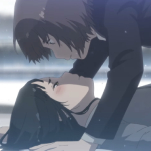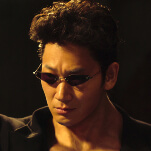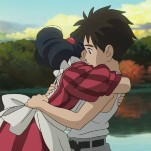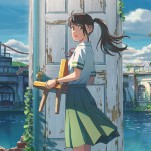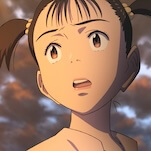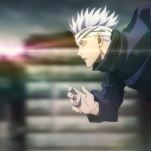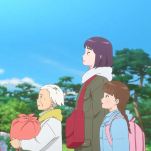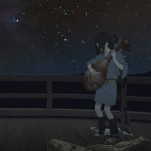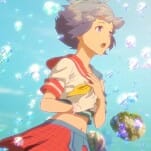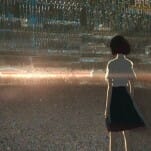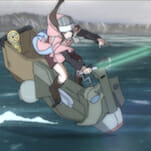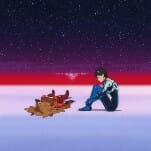Chainsaw Man – The Movie: Reze Arc Is at Its Best When It’s at Its Most Intimate
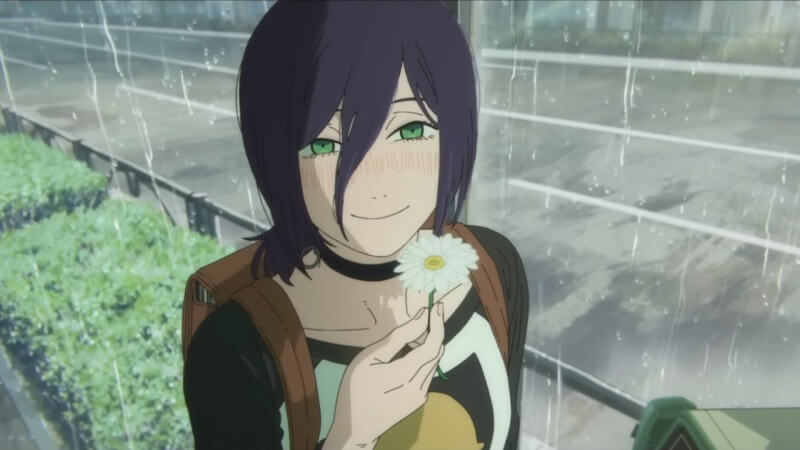
In recent years, a growing trend in popular shonen anime series has established itself: using theatrical animated feature films to handle various story arcs and continue the narrative progression of long-running series. Demon Slayer: Kimetsu no Yaiba – The Movie: Infinity Castle recently broke records with the film’s release, the first in a trilogy to cover the original manga’s final arc, and is now the most successful anime film of all time. Fans of Chainsaw Man can now excitedly run to a theater near them with the latest adaptation of Tatsuki Fujimoto’s well-known manga. Chainsaw Man – The Movie: Reze Arc picks up right where season 1 of the anime adaptation left off in 2022, and is this particular series’ first attempt at putting a story arc on the big screen.
As one might guess from the somewhat overwrought title—another trend in these anime films—this latest film focuses on the Reze arc from Chainsaw Man, where our protagonist Denji meets a teenage girl named Reze. She is the same age as him, and the first girl he’s met under seemingly normal circumstances, a meet-cute in a telephone booth after getting caught in the rain. The two quickly fall into a classic high school romance despite Denji’s otherwise atypical life as a devil hunter, but it is short lived as Reze is not what she seems. Denji is forced to combat both his conflicting feelings for Reze and a fight off a threat to his life and the lives of his friends.
It can be hard to give a proper judgment of films such as these as they often do not function standalone, but rather expect viewers to be avid fans of the series as opposed to being able to go in blind. They are anime’s equivalent of an Avengers film, where a significant portion of the appeal is in seeing your favorite characters on screen together again after a hiatus of not getting to see them. This might come off as fairly damning in and of itself, but it is a good thing at the very least that Fujimoto’s characters are as well-written, textured, and interesting to watch as they are.
The ensemble of complicated and compelling characters is by far the greatest strength of the Chainsaw Man series, and this film gives plenty of space for Denji and co. to flourish. As our protagonist makes a new connection in Reze, his arc is paralleled by Aki deepening his relationship with the Angel Devil, aptly named Angel. You can often learn more about a character in Chainsaw Man with a simple look or body movement than other series can give you through entire flashback sequences.
One supporting character that gets a lot of shine in Reze Arc is Beam, the shark fiend, who is Chainsaw Man’s loyal stan and steed. In one of the opening scenes of the film, Beam dismally walks away to sit in a corner with his head down after Denji rejects his love. The film gives plenty of space for this comedic moment to land through Beam’s downtrodden movements, and expressive moments of personality such as this are abundant across the film’s first two-thirds, from Denji’s grimace in reaction to the bitter taste of coffee to Reze teaching him English by writing the phrase “big ass” on a chalkboard.
-

-

-

-

-

-

-

-

-

-

-

-

-

-

-

-

-

-

-

-

-

-

-

-

-

-

-

-

-

-

-

-

-

-

-

-

-

-

-

-



